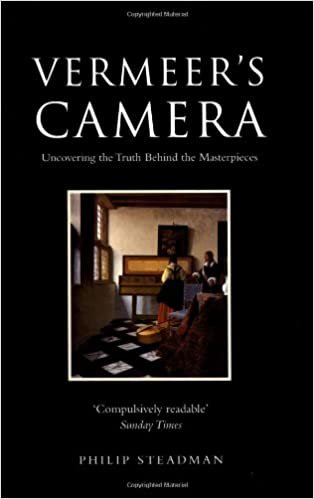Philip Steadman.
PHILIP STEADMAN
VERMEER’S CAMERA: UNCOVERING THE TRUTH BEHIND THE MASTERPIECES
MEET THE AUTHOR
CLICK HERE FOR A VIDEO OF THE AUTHOR (6 MINUTES)
After reading architecture at Cambridge University Philip Steadman (born 1942) joined the university’s Centre for Land Use and Built Form Studies. In 1972 he was a visiting research fellow at Princeton University, and moved in 1977 to the Open University. In 1999 he joined University College London as a professor in the Bartlett School of Architecture.

